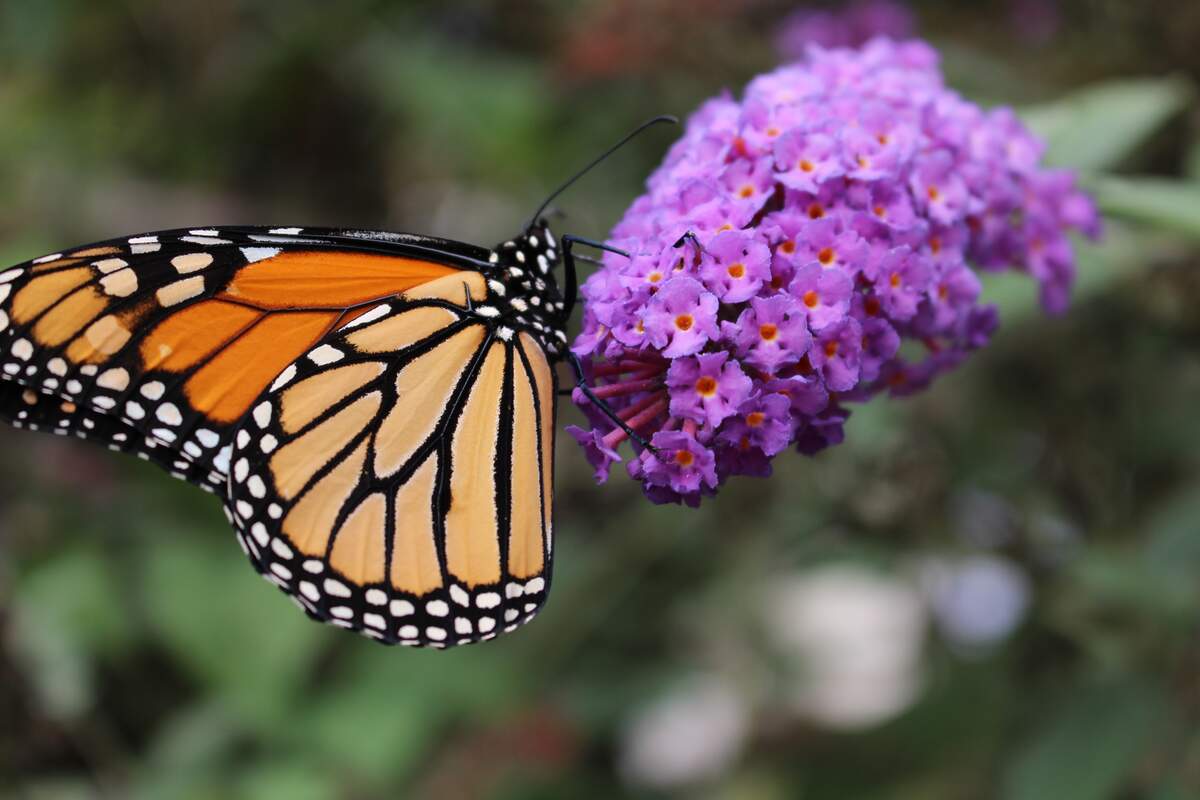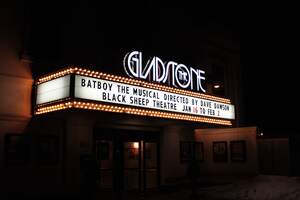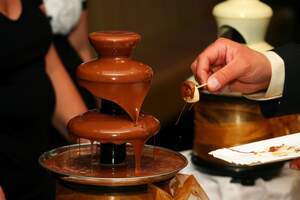

California Western Monarch Day
Also known as
Western Monarch Day
Observed
annually on February 5th (since 2004)
Dates
Founded by
California State Legislature on May 5th, 2004
Tags
Pets & Animals
Hashtags
Sources
http://leginfo.legislature.ca.gov/faces/billTextClient.xhtml?bill_id=200320040SCR66
http://www.obsessionwithbutterflies.com/blog/2012/01/western-monarch-butterfly-day/
https://highway1discoveryroute.com/activities/monarch-butterfly-grove/
https://highway1discoveryroute.com/events/california-western-monarch-day-celebration-201/
https://www.experiencepismobeach.com/beach-and-outdoors/monarch-butterflies/
https://www.nwf.org/Educational-Resources/Wildlife-Guide/Invertebrates/Monarch-Butterfly
California Western Monarch Day, known informally as Western Monarch Day, was established by the California State Legislature in 2004. The day celebrates the annual migration of the Western monarch butterfly during the winter months—from about October through March—to California's central coast, the only major overwintering spot in the world for the butterflies. The holiday was established with the understanding that it would positively impact tourism and educational programs. Indeed, many visitors come to the area during the migration, boosting tourism at a time of the year when it is otherwise sluggish.
Events are held around the state of California on the day or on a nearby date. In past years, an event has been held at the Mile Square Regional Park in Fountain Valley, California; a "citizen science butterfly count" led by the Irvine Ranch Conservancy has been held at the nearby Limestone Canyon, and the largest celebration in the state has been held at the Pismo Beach State Monarch Butterfly Grove in Pismo Beach. One of the most popular destinations for butterflies in the state, and one of the largest butterfly colonies in North America, Pismo Beach regularly has over 20,000 monarch butterflies clustering in its tall eucalyptus trees.
In addition to Pismo Beach, monarch butterfly groves can also be found in Nipomo, Los Osos, and Morro Bay. In Nipomo, at the Monarch Dunes Butterfly Habitat, up to 60,000 monarchs visit each winter, and make their homes in a grove of blue gum eucalyptus trees. There are two groves in Los Osos: Monarch Grove Natural Area and Sweet Springs Nature Preserve. Monarch Grove Natural Area is made up of 18 acres and is located at the end of Monarch Lane. Sweet Springs Nature Preserve is made up of 24 acres and is located on the Morro Bay estuary. It has been managed by the Morro Coast Audubon Society since 1989. In nearby Morro Bay, Morro Bay Golf Course Monarch Butterfly Grove can be found at the center of Morro Bay Golf Course. Monarchs sometimes come to the grove of eucalyptus trees by as early as August and cluster themselves low on the branches.
As monarchs can't survive cold northern climates, they migrate to warmer climates, sometimes traveling a distance of over 1,000 miles. One of the only insects that migrate, they do so twice a year—like birds do—traveling to a warmer climate and then back again. Western monarchs live west of the Rockies. During the summer months, they can be found in canyons or near rivers in the West, Southwest, and inland in states from California all the way up to British Columbia. A few can be found on the coastal Pacific Northwest as well. Numbering in the tens of thousands, they migrate west and south, mainly nesting in California's central coast. Eastern monarchs, which far outnumber their Western counterparts, live east of the Rockies and migrate south to the high mountains of central Mexico. Monarchs can also be found in Hawaii, Puerto Rico, New Zealand, and on some islands in the Caribbean; those butterflies do not migrate.
Monarchs start as caterpillars. They subsist only on milkweed, a plant that produces glycoside toxins. The caterpillars are immune to the toxins, but predators are not, and are deterred from feasting on the caterpillars because the toxins get stored up in the caterpillars' bodies and make them taste bad. The caterpillars grow and molt for two weeks, form a chrysalis in which they complete metamorphosis, and turn into butterflies. As butterflies, the toxins are still in their systems, still protecting them.
Most adult butterflies only live for a few weeks. During that time, they subsist on nectar from many kinds of plants, search for mates, and look for milkweed on which to lay their eggs. The last generation of monarchs hatch in late summer, and they may live as long as eight months. They don't reach sexual maturity right away and instead make the fall migration. Despite never making the journey before, they know exactly where to go. They remain inactive during the coldest months, but around March, they become sexually mature and then mate. They die soon afterward, and their offspring finish the migration back north.
Between the 1990s and the end of the 2010s, the monarch population declined by about 90 percent, largely on account of habitat fragmentation and loss. Both urban development and intensive agriculture took a toll on habitats. In addition, herbicides killed the milkweed and nectar plants the butterflies feed off of, and insecticides killed the monarchs themselves. Lastly, climate change altered weather patterns and the timing of migration. Because of the drop in monarch numbers, it seems all the more pressing to have a holiday dedicated to them and to the beauty and the mystery of their yearly migration.
How to Observe California Western Monarch Day
Many events are held on or around the date and can be attended if you are able to travel to California. You could check to see if an event is being held at Mile Square Regional Park in Fountain Valley, where in past years butterfly experts have educated and answered questions, and native plants have been available to plant. You could see if the Irvine Ranch Conservancy is hosting a "citizen science butterfly count" at Limestone Canyon. The best place to go for an event is Pismo Beach State Monarch Butterfly Grove in Pismo Beach (the event may be held on a nearby Saturday). At this event, there are butterfly talks and educational booths for adults, and art activities for children. The biggest part of it, of course, are the thousands of monarchs that can be seen hanging in clusters from eucalyptus and pine trees. The grove usually opens in October and stays open throughout the month of February, and docents can be found giving daily talks. You could also visit other butterfly groves today, such as the Monarch Dunes Butterfly Grove in Nipomo, the Monarch Grove Natural Area or Sweet Springs Nature Preserve in Los Osos, or the butterfly grove in the Morro Bay Golf Course.
If you can't travel to California, there are still ways you can celebrate. You could take part in the National Wildlife Federation's Garden for Wildlife program, and plant a habitat garden with milkweed and nectar plants for returning monarchs to enjoy. Planting locally native species of plants is the best. Look over some regional guides so you know what to plant in the area you live. You could take part in Butterfly Heroes, another program of the National Wildlife Federation, which is designed to help kids and families raise awareness about declining populations, and to help them to get involved in helping monarchs and other butterflies. The National Wildlife Federation is working to save and restore monarch habitats, and more could be learned about it. You could also learn about the number of Western monarchs in California with Western Monarch Count, encourage your mayor to take the Mayors' Monarch Pledge, or could watch a documentary about monarch migration.





















